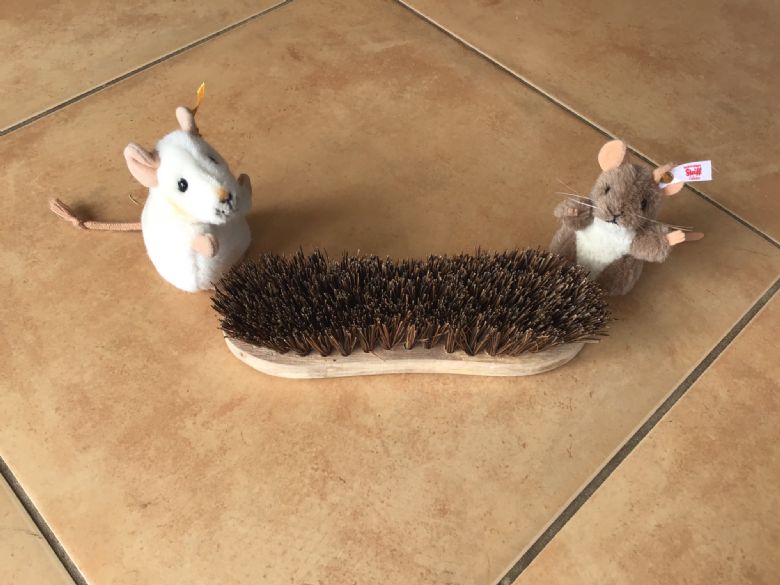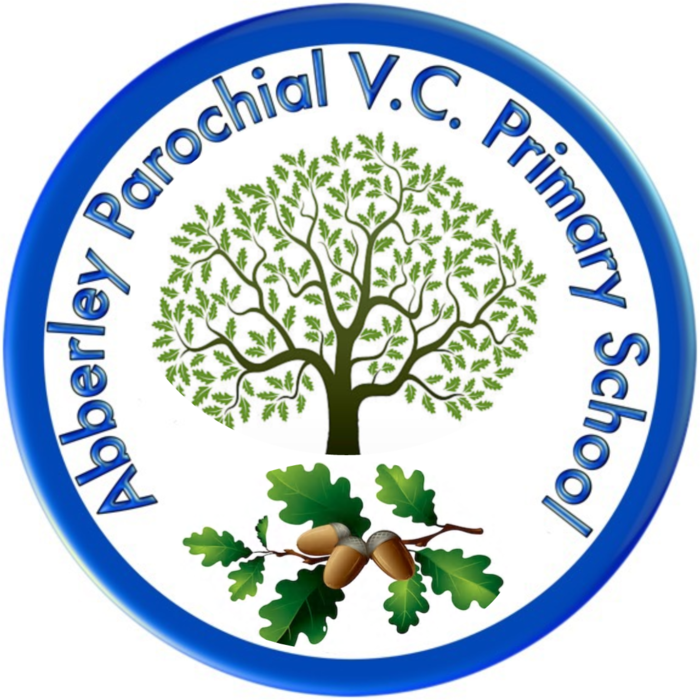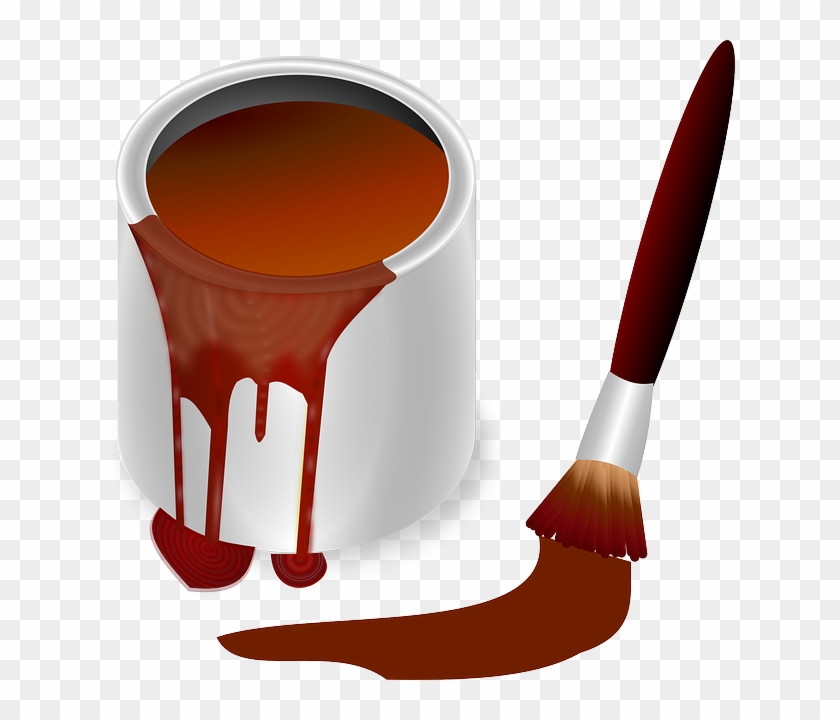Tuesday 16th June
Hello Wrens
Let's get going with our learning today.
Phonics.
Reception.
Warm up - click on the link below to play a flashcards game to practise your phase 3 sounds.
Phonics Bloom - Phase 3 flashcards game
Today our sound is br. Can you see what Mickey Thompson and Purvis found on their hunt around the house? Can you have a go at writing the word? Can you think of anything else they might have found with the br sound?

Blending for reading - Ask your grown up to read the br sound spotter story attached below - or you can have a go at reading it together. Colour in every word you can hear/spot with a br sound.
Segmenting for spelling - See if you can write the caption "I have a brown paint brush."
Year 1.
Warm up - choose 6 of your phase 5 sounds and number them 1-6. Roll a dice whatever number the dice lands on have a go at writing the sound and challenge yourself to write a word containing that sound.
Todays grapheme is ch.
ch can make a ch sound like chicks. 
It can also make a sh sound in words like
and a c sound in words like
Blending for reading - Practise reading the ch words on the powerpoint attached below.
Segmenting for spelling - Divide a piece of paper into 3 columns. In one column draw a chicken, in the next column a chew and in the last one some chemicals. Cut out the cards and sort them into the 3 columns depending what sound the ch in the word makes.
Make a list of the ch words in each column.
Maths.
Reception.
Yesterday we were learning about number bonds and we had a go at writing our number bonds to 5.
Let's warm up with a game of ping pong.
Ask your grown up to show you a number using the fingers of one hand and say "ping". You then have to show them how many more fingers you will need to make 5 and say "pong".
Parents - this is a really good game to practise rapid recall of number bonds.
Now work through the powerpoint attached below to practise your number bonds to 5. Can you draw and write the number sentence for each fruit salad?
Then challenge yourself to have a go at the missing numbers to 5 activity attached below.
Year 1.
Yesterday we were revisiting our number bonds to 20. Let's warm up by singing along to the Supermovers number bond song by clicking the link below.
BBC Supermovers Number bonds song
Today we are going to be practising some more fluency activities involving our number bonds. There are 3 different levels attached below. Choose the level you feel is most appropriate.
Be careful because these questions involve different number bonds within 20. You are not just looking at number bonds to 10 or 20.
If you are really good at number bonds try the challenge sheet. When solving number bonds to 100 think about your number bonds to 10. Can you spot the pattern?
Topic.
Yesterday we were learning about different food groups and what happens to our body when we eat different foods. We found out that we need some of all foods to form a balanced diet.
Can you remember what the different food groups were? What were the actions we used to help us remember them?
Let's play a game.
Ask your grown up to shout out a type of food. See if you can work out which food group it belongs to and then do the action.
For example, if they shouted apples - they belong to the green group (Fruit and Vegetables) and the action is "Give me 5" with a high 5. Pasta belongs to the yellow group (Bread and pasta - carbohydrates) and the action is running on the spot "Gives me energy."
Parents - you can use the pictures of food from yesterday if you prefer to do this visually.
But why is it important to eat a balanced diet? What would happen if we ate too much of the wrong foods?
Watcch the video below to find out.
So some foods although they taste really good are not actually that good for our bodies. They do not contain enough nutrients to keep us healthy, give us energy and help us grown. It is okay to eat a little of these foods but they should be a treat and we should fill up on the foods that are good for our bodies. If we look at the Eatwell plate again it is easy to see which foods we should eat the most of? Can you spot which colours they are?
Todays activity is to create a lunchbox which is healthy and is part of a balanced diet, using the cut and stick sheet below.
Sometimes it is easy to say we don't like a food when we have never tried it. Listen to the story about Oliver below to find out what happened when he thought he didn't like vegetables. Next time you think you don't like a food see if you can be brave like Oliver and try it.
Oliver,s Vegetables by Vivian French and Alison Bartlett ( Hodder Children,s Books)
Best wishes
Mrs Lightfoot (and Purvis and Mickey Thompson)




